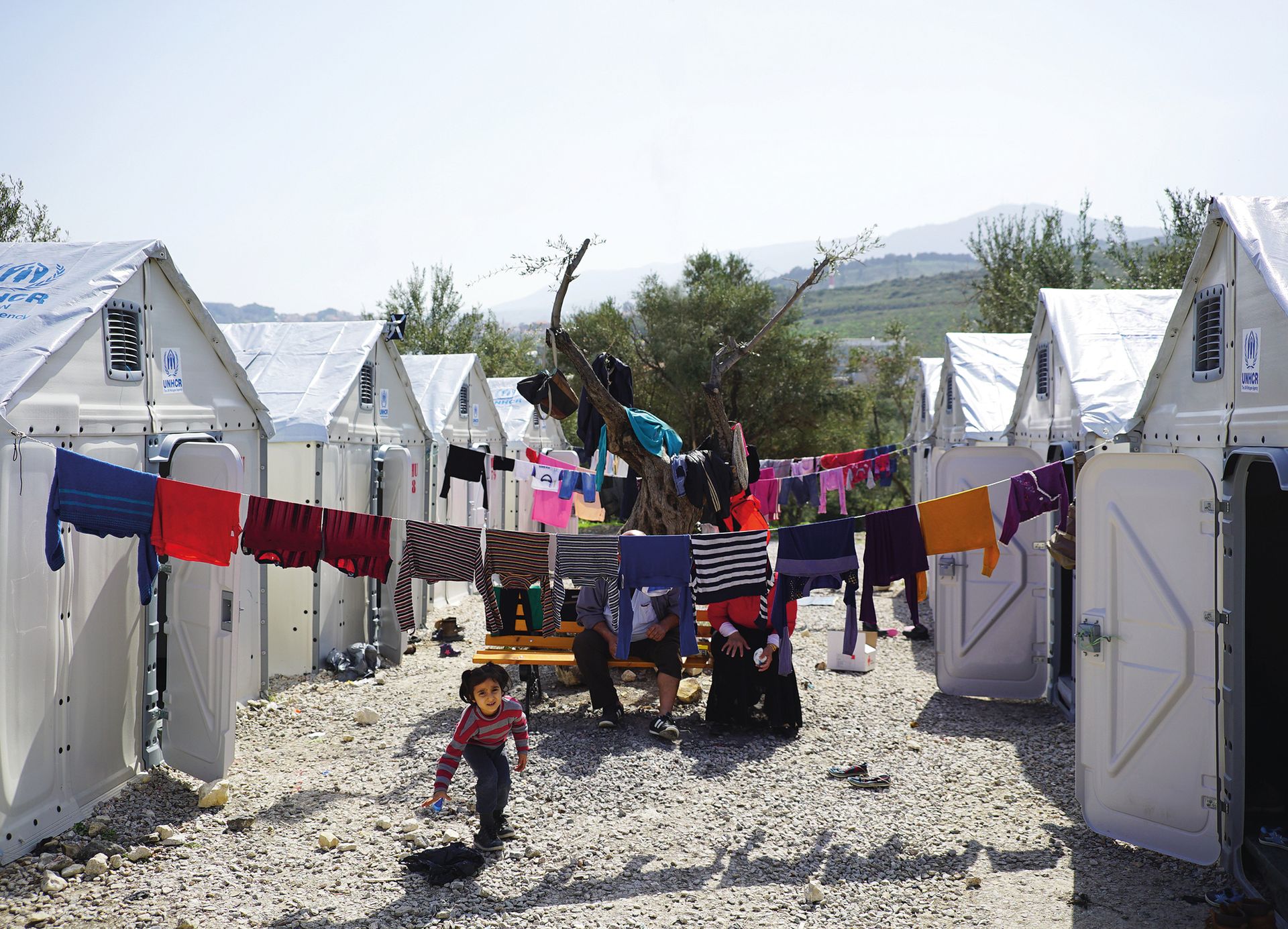When the Design Museum opens its new £83m home on 24 November, visitors will gain access to its collection of more than 3,000 objects free of charge for the first time.
The museum of industrial, graphic, fashion and architectural design has lofty ambitions for its new space in the former Commonwealth Institute, near Kensington High Street. “We need to do something like Tate Modern did for contemporary art for design in this country,” the museum’s director, Deyan Sudjic, said at a press conference in the spring.
The 1960s building—which has a striking hyperbolic paraboloid roof that dips in the centre—has been refurbished by the architect John Pawson. The new space is three times the size of the museum’s former home near Tower Bridge. Visitors will be greeted by a display of hundreds of everyday consumer objects that were selected by the public on the museum’s website ahead of the opening. (Contenders include cutlery, a drill and a kitchen mixer.)
From Braun to Apple The collection traces the origins of influential objects, including products by Braun from the 1960s and Apple today, and offers a behind-the-scenes look at the manufacturing process. The museum hopes its interactive approach, coupled with a new location two underground stops from the Victoria and Albert (V&A) Museum, will draw more than 500,000 visitors in the building's first year.
“We want the Design Museum to be a cross between the Science Museum and the V&A,” a spokesman says.
Inaugural exhibitions include 11 newly commissioned installations that examine the human emotions that drive design (Fear and Love: Reactions to a Complex World, until 23 April 2017), and a presentation of work by winners of the museum’s annual prize (Beazley Designs of the Year, until 19 February 2017).
Funding the project has been a challenge, even though the site’s developer donated both the building and the land. The designer Terence Conran, who founded the museum in 1989, gave £17.5m (including £10m from the sale of the old museum site). Major grants include £4.9m from the Heritage Lottery Fund and £3m from Arts Council England.
Projects that make an impact: curators pick their favourite designs on show at the new museum

Better Shelter (2016)
Designed by Johan Karlsson, Dennis Kanter, Christian Gustafsson, John van Leer and Tim de Haas, in partnership with the Ikea Foundation and UNHCR
This project sums up the Beazley Designs of the Year prize and shows how the design industry can use its skills and knowledge to solve a real and pressing issue—that of temporary shelter for displaced people. Better Shelter has developed safer, more dignified housing for those who have been affected by armed conflict and natural disasters. We will show the front face of the tent, packaging, instructions, images and a film.
Gemma Curtin, curator, Beazley Designs of the Year (until 19 February 2017)

M1 motorway sign (1957-67)
Designed by Jock Kinneir and Margaret Calvert
One of the most ambitious and effective information design projects ever executed in Britain is the road and motorway signage system. Before the unified, countrywide system, local authorities produced signs according to their own criteria and frequently used words rather than images. Kinneir and Calvert first introduced their signs to the new M1 motorway. They went on to redesign Britain’s entire road-sign system. This life-sized reproduction from our collection shows the dimensions of one of Kinneir and Calvert’s full-scale motorway signs.
Alex Newson, senior curator, Design Museum

Pan-European Living Room (2016)
Designed by OMA
In response to the recent Brexit vote, OMA, the architecture firm founded by Rem Koolhaas, is presenting the Pan-European Living Room. Furnished with design objects from each of the 28 EU member states, the installation proposes that our very notion of the domestic interior has been shaped by an ideal of European co-operation and trade. The centrepiece is a vertical blind in the form of the OMA-designed barcode flag for the EU.
Justin McGuirk, chief curator, Fear and Love: Reactions to a Complex World (until 23 April)

